The creation of major asset bubbles exemplified by the rising costs of housing, is a consequence of deliberate Tory government policy geared towards satisfying the asset diversification needs of the super rich rather than meeting the human need for homes for ordinary people to live in.
In other words, the key motivating factor shaping government housing policy is not to end the housing crisis, but to bolster the investment opportunities of the rich which will make it worse.
In January, 2016, former Tory PM, David Cameron announced the government’s decision to demolish what remains of council homes and replace them with private housing. The Housing and Planning Bill, which became law four months after Cameron made his announcement, enabled the government to set this process in motion. The legislation forces local authorities to sell off council housing. The proceeds are then used to encourage housing associations to extend Right to Buy which will reduce the amount of affordable housing stock even further.
This is forcing families living in social housing and earning £30,000-£40,000 in London to pay rents nearly as high as those in the private sector. It is also compelling local authorities to sell ‘high value’ housing, either by transferring public housing into private hands or giving the land this housing sits on to property developers.
The purpose is to create firm foundations (excuse the pun) for foreign investment funds and financial safe havens for billionaires. It is this combination of factors that explains the exponential growth in the construction of new tower blocks throughout London and other major cities, vast swaths of which lie empty.
The development that arguably symbolises Britain’s housing crisis is the London sky-scraper, St George Wharf tower. Eighty-six per cent of the 214-units in the tower lie empty, while almost two-thirds of them are foreign-owned. Meanwhile, rough sleeping estimates in England show an increase of 134 per cent since 2010.
The most effective way to house people is through mass council house building. But this undermines the profits of private firms. One way investors do this is to hold onto land rather than developing it, so that prices are pushed upwards. As prices within the private rental market soar, more firms are trying to get their hands on the profits generated.
To help facilitate demand and attract investors, an assortment of private agencies that specialise in marketing and branding have emerged. “One of the things that attracts people to the UK is the relative stability,” said John Slade, CEO of BNP Paribas Real Estate in the UK. “The government remains absolutely committed to ensure that the UK remains one of the most open places for investment,” he said.

But investment opportunities are undermined following any attempts to increase supply – a policy that Labour leader Jeremy Corbyn has publicly endorsed. “There is no convincing solution to the housing crisis that does not start with a new, very large, very active council house building project”, he remarked.
The intention of Corbyn to buck the market by increasing housing supply, partly explains why the elite media establishment – many of whom have extensive property portfolios – regularly attack the Labour leader in their newspaper columns.
Increasing supply would also adversely affect the investment opportunities of numerous politicians. The 126 MPs who declared that they receive rental income from property, represent more than 19 per cent of the House of Commons, the vast majority of whom are Tories. It’s therefore in the joint interests of MPs and major property developers who lobby on their behalf to continue to push the market further into housing and to limit the building of affordable homes.
In the immediate post-war years (1945 to 1951) the Labour government built 1.2 million new council homes. In 1968, a record 425,000 homes were constructed, over 180,000 of which were local authority builds. The introduction, in 1980, of the Tories’ Right To Buy programme, reduced the existing council housing stock by 1.6m, while during the 13 years of the Blair and Brown governments, a paltry 7,870 council houses were built. In 1979, 42% of Britons lived in council homes. Today that figure is just 8%.
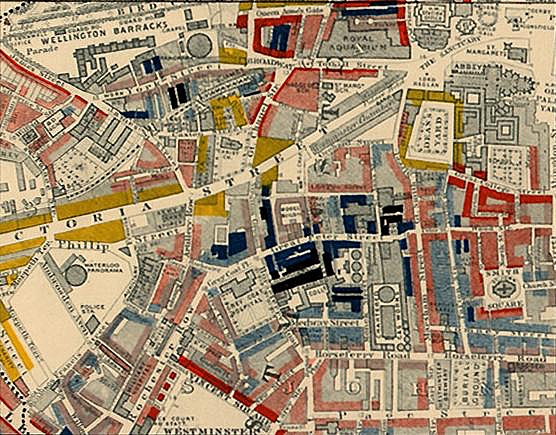
The impact on council house provision that stem from the policies of successive UK governments over the last 40 years has resulted in the gutting of the sector. With an in-work poverty rate in London of 58%, and the average annual salary in the capital approximately one-twentieth of the house price average, the vast majority of the city’s workers can’t afford to buy their own homes. Private rented dwellings have filled the void.
According to 2015 research from Paragon PLC:
“The private rented sector (PRS) is the second largest housing tenure, accounting for one-in-five homes in England alone, overtaking the social rented sector for the first time since the 1960s. This represents a significant increase in the number of households living in private rented homes.”
The report added: “The PRS has more than doubled since 2001 and is now the second largest housing tenure…PRS is now home to 4.9 million households.”
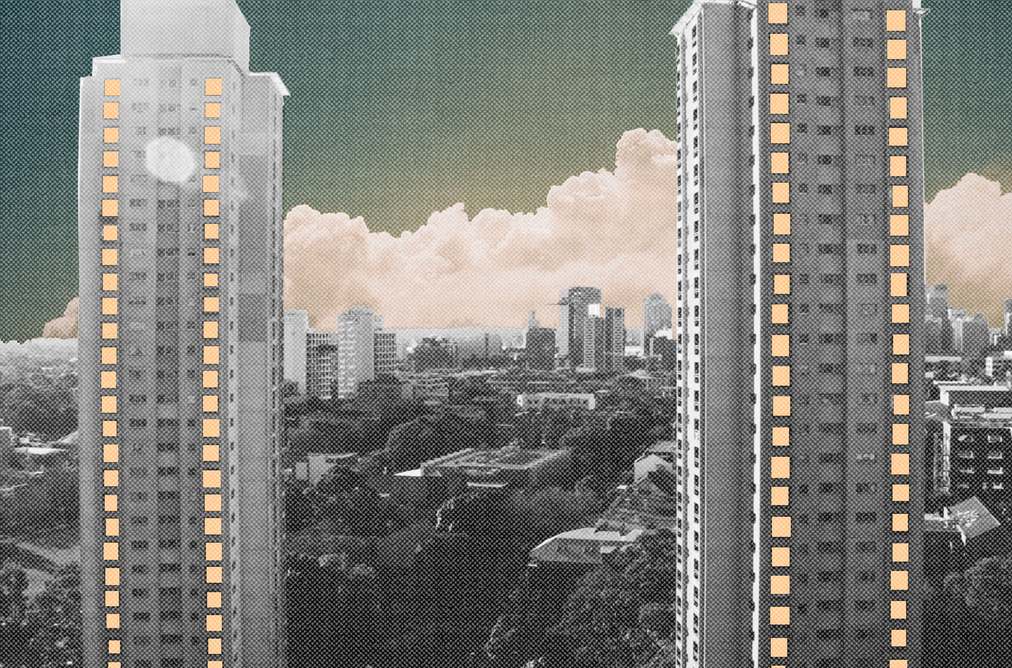
But investors think that the change in numbers is down to the market reflecting what people want. Tory policy for housing focuses on getting people to buy houses. But this ideological drive is out of sync with the needs of capital. Investors need a political climate in which renting is encouraged. But private market rents in London are not affordable for the vast majority of workers.
The only option for many is housing associations. But government funds for this sector are drying up. In order to make money these associations are effectively forced to sell their properties to the private sector. The profits gained are then reinvested into their businesses reducing the overall availability of affordable housing stock. Essentially, housing associations behave like private companies.
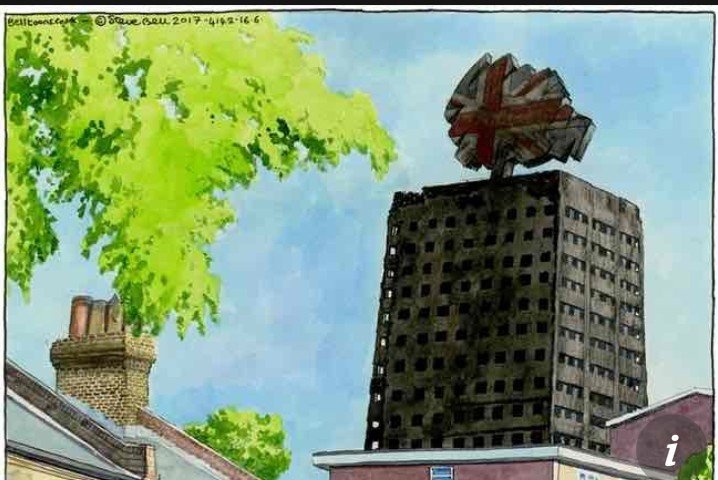
The consequences of the lack of availability of affordable housing are profound. It results in the effective social cleansing from major cities of the poor and those on middle incomes. Moreover, it reduces the demographic mix of locales, restricts social networks and undermines local economies upon which local businesses depend for their livelihoods.
The formal ordering and disciplining of the poorest within urban spaces has had the affect of pushing them to the periphery, out of sight and out of mind of urban powers for whom responsibility is increasingly disavowed. In this way, spaces are shaped by neoliberal economic forces which alter the landscapes of cities and re-package them under the banner ‘urban renaissance’. A Labour government under Jeremy Corbyn will begin to turn things around.

With workers pushed to breaking point, is it now time to call time on predatory business models?
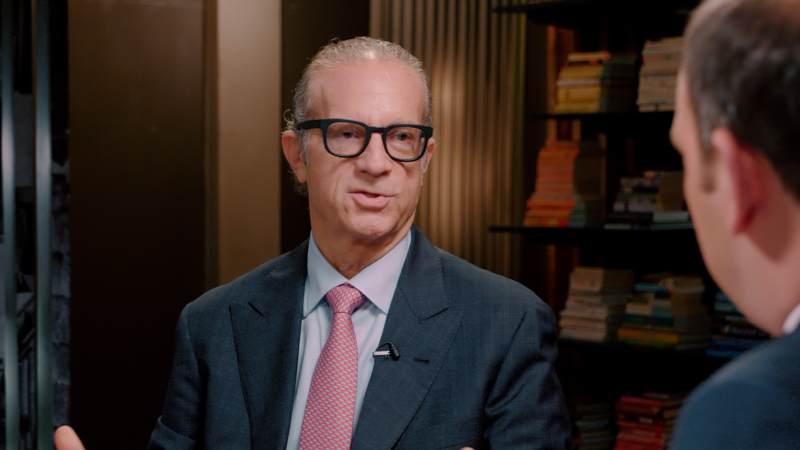
Both COVID-19 and the climate crisis are being used as camouflage for central bankers to throw more printed money into a broken system.
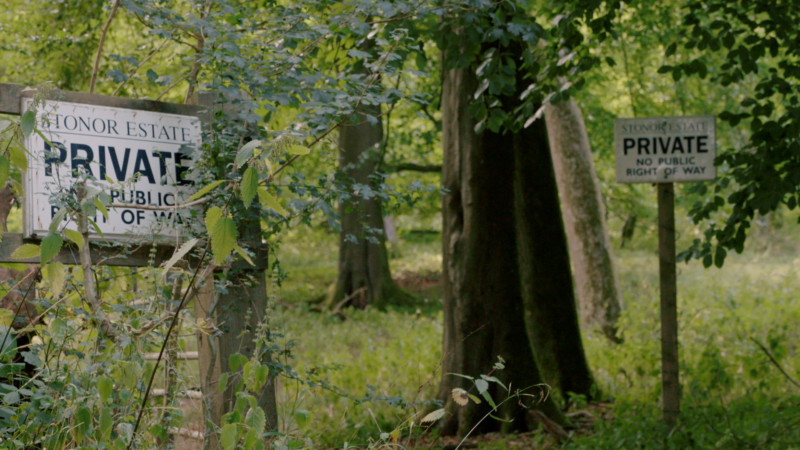
With proper access to land denied to the vast majority, is it now time to reclassify trespass as a revolutionary act?